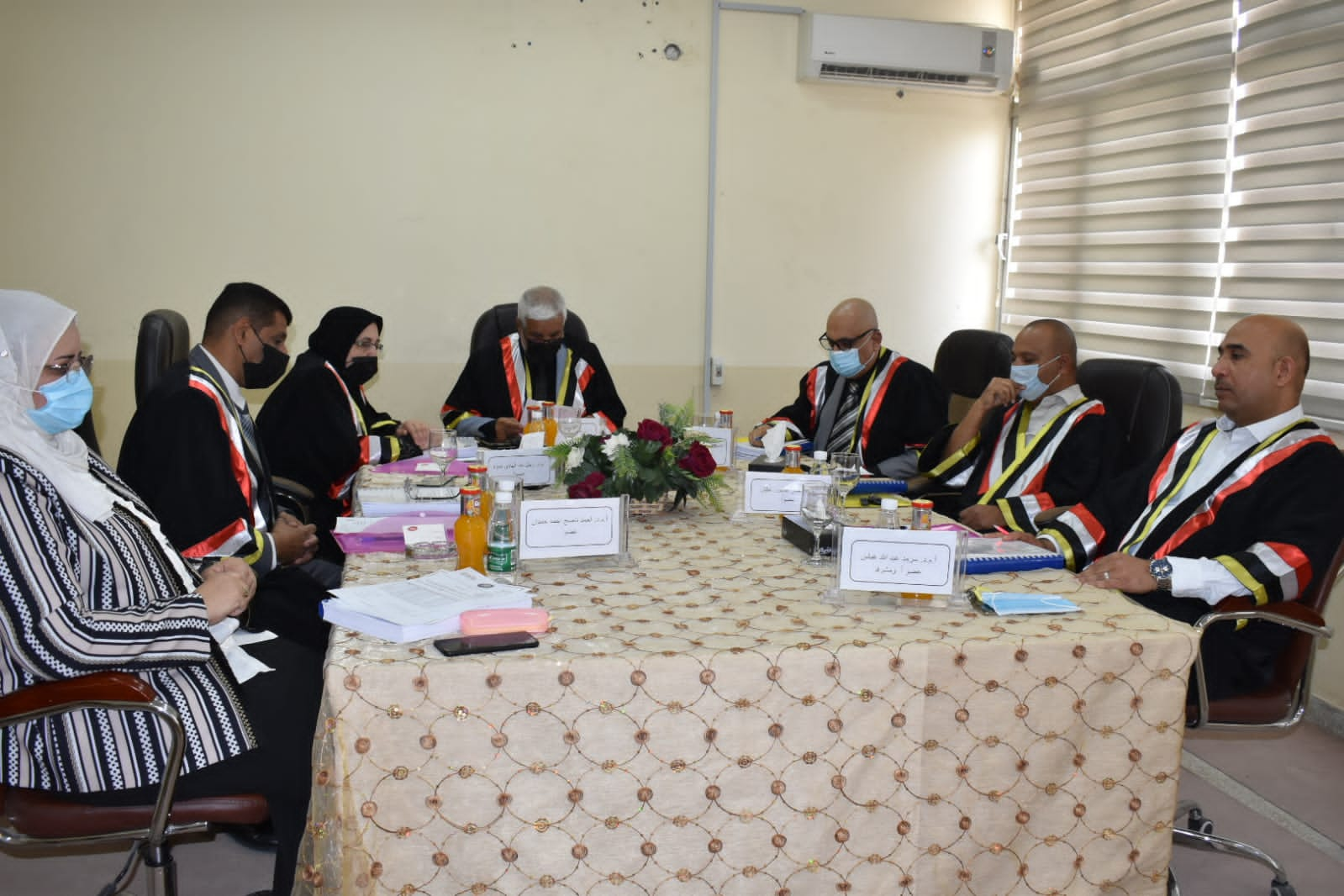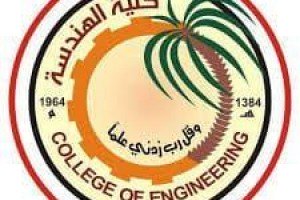A PhD thesis at the College of Engineering at the University of Basrah discussing (Modeling sediment transport at the back of the Al-Amarah Dam in southern Iraq)
The thesis presented by the student Abbas Jabbar Ismail dealt with four parts: The first part deals with the field and laboratory aspect, where
The field side included the distribution of 20 cross-sections along the study area of about 5 km, to obtain
On the field data represented by readings of flow velocities and sediment samples at the specified points and depths
As for the laboratory aspect, it included obtaining both the grain gradient curve, and the weight values qualitative river bed samples
The second part is the theoretical part, using two numerical models, one of which is a three-dimensional model
It's called SSIIM and the other two-dimensional one is called Mike 21 Flow Model FM.
The third part included the development of a new mathematical formula for calculating suspended sediment load based on
The principle of dimensional analysis and multiple linear regression techniques implemented by the statistical software
The fourth part involved the creation of sediment classification curves. The results of these curves gave several relationships
The thesis aims to analyze and simulate both the movement of sediments and the flow of water to the selected study area, which is located at the back of the embankment of architecture.
The thesis concluded that a graphical representation of each of the flow velocities and concentrations was obtained
Suspended sediments in three dimensions
And satisfactory results were obtained through comparison with field data
Depending on the coefficients of selection
The results of this formula also gave good agreement through comparison with the observed data based on the coefficient of determination
And also based on the values of the statistical coefficients that were also used to evaluate the accuracy of the results of the new formula
A good agreement was also obtained in comparison with the observed values based on the determination coefficients

.jpg)





